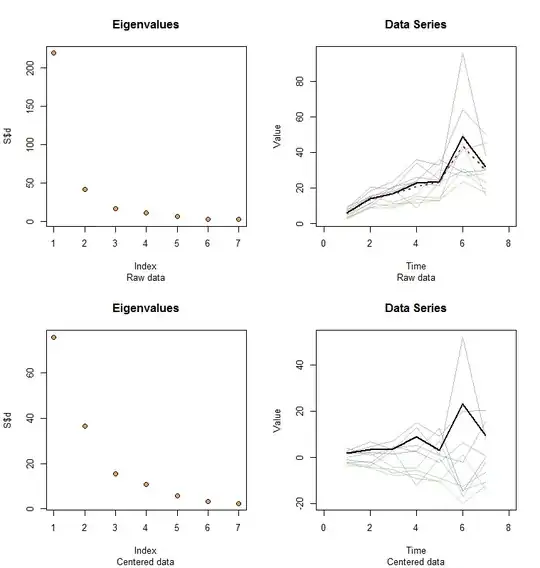If a numerical vector $\vec{x}$ is a sample drawn from a normal distribution, given a correlation coefficient $\rho$ is there a way to simulate a second vector $\vec{y}$ such that the $corr(\vec{x},\vec{y})=\rho$ ?
My hunch is that $\vec{x}$ would be multiplied by a sample of equal length from a random uniform distribution centered around 1 and bound by some interval determined by the value of $\rho$, but I'm just guessing.
